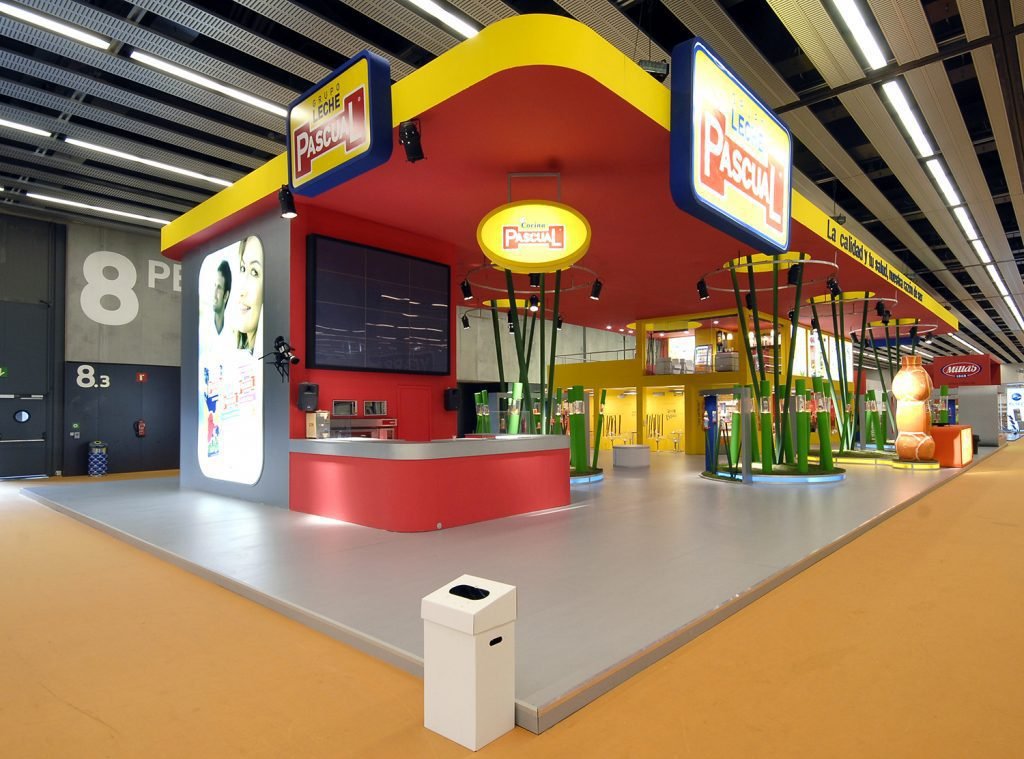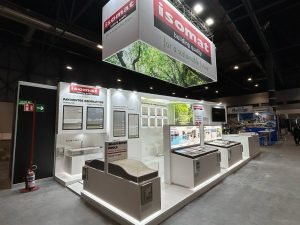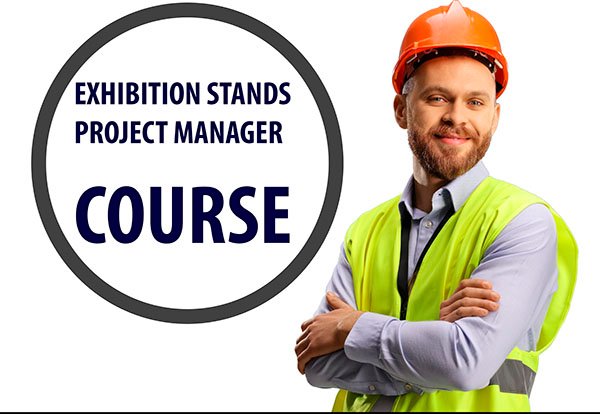Why should you know how to build a stand?
You are going to hire the construction of your company's stand. Why should you know how to build a stand? If you have an excellent provider, it is clear that you do not need it... but this is not always the case. Being able to follow the construction process of your stand ensures that you will also be able to detect the alarms that prevent disasters.
Types of fair stands
Building a stand involves the participation of many professionals and services. This varies depending on the type of stand being built. What types of stands are there? Basically, there are two types:
- Modular exhibition stands.
- Custom exhibition stands.
For either option, a stand requires:
- A job description (provided by you, detailing all your needs).
- A designer who creates the creativity of the stand applied to the space you have rented and to your brand.
- A turnkey builder or many suppliers that offer you the services that will finally configure your stand.
- A person dedicated to contracting services for fairs.
- A person dedicated to the assembly control.
Before detailing the services that make up an exhibition stand, let's review the two types of stands from which you can choose for your presence at a fair:
Modular trade fair stands

Modular stands for fairs are structures that can be quickly and easily assembled and dismantled, making them ideal for use at fairs, exhibitions and other events where companies wish to display their products or services. These stands are typically made up of pre-built modules that can be combined in various configurations to create a custom designed stand that meets the needs of the exhibitor.
There are several types of modular stands for fairs:
stand type: These stands are the most basic type of modular stand, consisting of a structure of aluminum poles and walls of fabric or panels. They are cheap and easy to assemble, but offer limited customization options.
Custom modular stands: These stands are similar to the clamshell stands, but offer more flexibility in terms of design and customization. They can be configured in different shapes and sizes and include things like lighting, graphics, and multimedia displays.
portable displays: These stands are lightweight and easy to transport, making them ideal for use at smaller events or as part of a larger display. They come in different sizes and shapes, and can include items such as banners, flags, and tabletop displays.
The advantages of modular trade show stands include:
Flexibility: Modular stands can be configured in various ways, making them adaptable to different sizes and stand designs.
Cost effectiveness: Modular booths are usually less expensive than custom-built ones, and can be reused for multiple events.
Ease of assembly: Modular brackets are designed to be assembled quickly and easily, with a minimum of tools or knowledge.
Personalization: Modular stands can be customized with graphics, lighting and other features to create a unique and eye-catching display.
Among the disadvantages of modular stands for fairs, it is worth mentioning the following
limited customization: Although modular stands offer some level of customization, they may not be as flexible as custom stands in terms of design and layout.
Storage and transport: Modular stands require storage and transportation between events, which can be a logistical challenge for some exhibitors.
assembly time: Although modular stands are designed to be set up quickly, setting up and taking down a stand takes time and effort, which can be a factor for exhibitors with limited staff or resources.
In general, modular trade show stands offer a cost-effective and flexible option for exhibitors who want to showcase their products or services at trade shows and events. By choosing the right type of modular booth and customizing it to suit their needs, exhibitors can create a unique and engaging exhibit that engages visitors and helps them achieve their marketing goals…
Custom fair stands
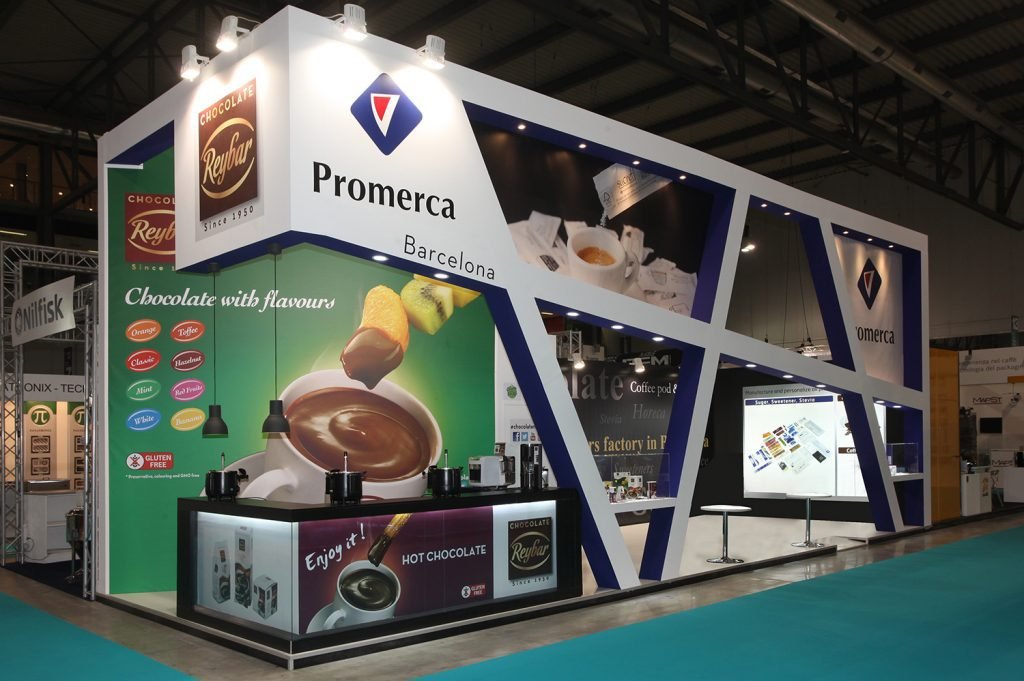
Custom-built woodworking trade show stands are built from the ground up to meet the unique requirements and specifications of the exhibitor. They are usually built with wood or other materials such as metal, glass or acrylic. Booths can be designed to incorporate various elements such as lighting, multimedia displays, interactive elements and branded graphics. The construction of these stands requires specialized carpentry work and often has a longer lead time than other types of exhibition stands.
Advantages:
unique and eye-catching: Custom-made woodworking exhibition stands are designed to stand out from the competition and create a unique brand experience for visitors.
high quality finish: In carpentry stands, the attention to detail is usually greater, which translates into a high-quality finish that can be seen in the stand design, construction and materials used.
Flexibility and customization: Custom stands offer a high degree of flexibility and customization, allowing the exhibitor to create a bespoke solution that meets their specific needs.
Disadvantages:
higher cost: Custom-made woodworking exhibition stands are usually more expensive than other types of stands due to the skilled labor and materials used in their construction.
longer delivery time: The construction of custom carpentry exhibition stands takes more time than other types of stands, so exhibitors must plan in advance and allow sufficient time for the construction and delivery of their stand.
Transport and assembly: Custom carpentry exhibition stands are usually bulky and heavy, so their transport and assembly are more complicated than with other types of stands.
limited flexibility: Once a custom woodworking exhibition stand has been designed and built, it may not be easy to modify or adapt it for use in different venues or events.
In conclusion, custom-made woodworking exhibition stands offer a unique, high-quality and customizable solution for exhibitors who want to create a memorable brand experience for their visitors. Although they may require more time, effort, and investment, the benefits they offer may outweigh the drawbacks for those willing to make the investment in your brand.

Parts that make up a craft stand
A wide range of processes and professionals are involved in the construction of a personalized cabin. Here is a summary of the most important
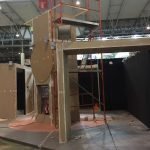
1. Carpentry
The carpentry (in the case of custom stands) is the body of the stand. Choosing the carpenter well is knowing the finishes he does. Don't be fooled by the photos of the stands, photoshop can always make them look good. Seek feedback from your customers!

2. Paint
Take my advice: avoid having any type of paint in your cabin as long as your budget allows it. There are many alternatives to painting a wall, such as placing canvases or patterned fabrics, as well as the use of melamine. Although a well-painted cabin can look very good, for this it is necessary that the carpentry be very well putty and sanded, which is not always the case. Another important point to control is "when" it is painted, as this affects the placement of the graphics. The painting is usually done by painters, but in many cases it is the assemblers themselves who perform the double function.
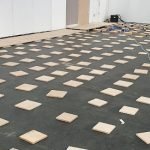
3. Soils
The floor is usually a carpentry job, and it is the first thing that is usually placed in a shed. It is important to take into account before laying the floor all the cables that will go inside it. That is why the first day of assembly is essential and not It is a bad idea to go to the stand or ask for photos to make sure nothing is forgotten. The floor covering is usually carried out by external companies, as in the case of the carpet. Often the carpet is laid directly on the floor. In this case, if there are cables or service hoses, it is necessary to place cable glands under the carpet.

5- Audiovisual
The audiovisuals are usually TVS that are very easy to install and manage. But you can also place LED walls that are installed with a special structure and require a PC for handling and a technician. This technician must be available throughout the fair in case there are problems, but when working with foreign suppliers this does not happen unless a maintenance fee is contracted, which is quite expensive.

6- Lighting and electricity
Lighting a stand is not about bathing it in as much light as possible, but about highlighting its areas of interest, such as logos, graphics and details. The type of lighting in your stand depends on the activity carried out in each area of the stand. You have to work with the designer to get the nuances that will make your project look like the renders you've been sold. The stand's electricity is also provided, of course, by the electrician (who is usually subcontracted by your carpenter). This person is in charge of placing and directing the lights, according to the plan provided. But many times the planes are not well delimited and the spotlights end up falling on areas that do not do well for the image of the stand. On the other hand, It is important to check when you arrive at the stand that the electrical power you have contracted with the fair is enabled. In some cases there will be an electrical panel from the fair, in others a connector that you will have to look for in the service conduits of the fair.
Furnishing a cabin is a vast subject. You can read more about it in the following post: Trade fair stand lighting /10: shine at the trade fair!.
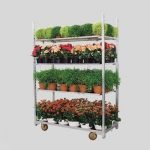
7. Plants and gardening
Gardening is increasingly in demand by companies at fair stands. Whether natural or artificial, the idea is to give an image of sustainability. For this, flower beds, vertical gardens and all kinds of individual and hanging plants are used. If your budget allows it, ensure that the gardening of your stand is carried out by a specialized gardening company, and not by its assemblers. vertical gardens they are a separate issue to be dealt with, since their installation requires some care. I recommend that you do not make them artificial, because they never look really good and can be counterproductive in terms of image. If you're going to make them natural, it's best to work with a local company, as long-distance transportation can damage the plants.

8- Furniture
The furniture of exhibition stands is not usually taken with the seriousness it deserves. From both an aesthetic and an ergonomic point of view, it is very important to make sure that the furniture models correspond to your needs. Normally, the furniture that your supplier provides you is subcontracted. The organizers of the fair usually also offer furniture for rent and the price does not vary much with that offered by your supplier. What is the advantage? Well, you don't have to travel in the truck, for example, if your supplier comes from another country and you won't be exposed to blows or the possibility of theft during the entire assembly. You also have to pay special attention to the models that have been sold to you and that they do not have scratches or wear and tear.
The furnishing of a booth is an extensive subject. You can read more about it in the following post: Exhibition stands survival guide /12: Furniture suited to your needs

9. Logistics
The transport and logistics of your stand are a key aspect that you must guarantee. If the company you work with has the necessary experience and seriousness, it will carry out all the necessary checks and procedures, but it is important that you follow the process. Both the reservation of the time slot for the unloading of material on the first day of assembly, the hiring of forklifts, and the verification of the location of the truck for international stands. There are many points to take into account that if they fail they can compromise the delivery of the stand.

10. Cleaning
Cleaning is the last step before delivery of the stand. Cleaning is also done during the fair, or should be. In the first case, it is usually the assemblers themselves who do the cleaning (it is not recommended). Try whenever possible that the first cleaning of your stand is carried out by specialized personnel and with the appropriate material. Cleaning windows, for example, cannot be done correctly if you do not have the material for it.
finishes
The finishes of a stand is a very extensive topic, so I recommend that to deepen, read this post “A pocket bible on finishing trade fair stands”, in which I tell you in detail everything you need to know.
Don't miss the next chapter of this exciting adventure!
I hope this post has helped you to better understand the characteristics of fair stands and how they are built.
In the next post we will talk about the key choice when exposing successfully at a fair: How to choose your stand builder.

